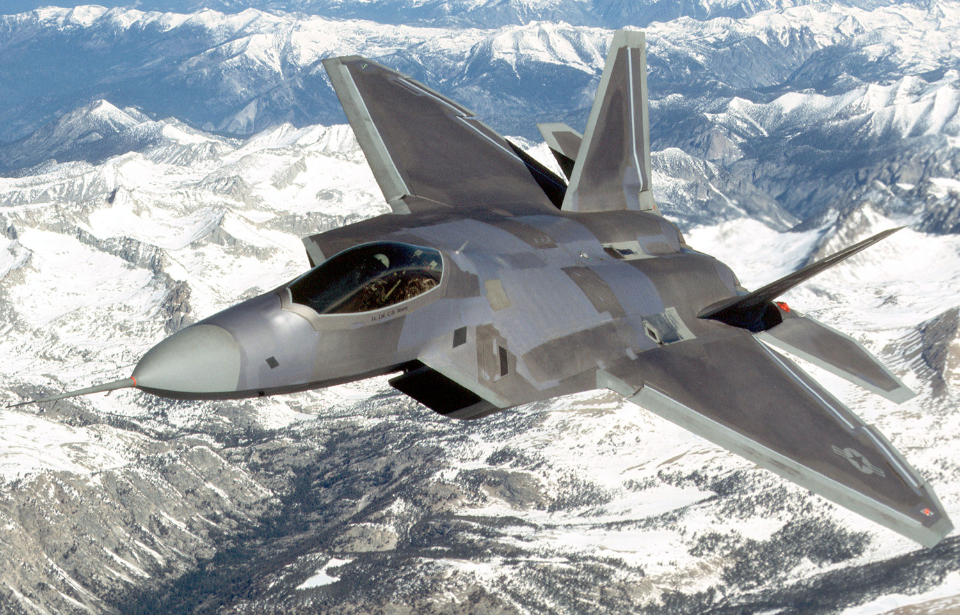The Lockheed Martin FB-22 Strike Raptor was going to be an innovative and new stealth bomber. Not only that, it had the promise of being cost-effective, as its design was derived from the F-22 Raptor. Its development was projected to cost roughly 75 percent less than that of developing a new bomber from scratch.
It sounds too good to be true – and it was. The FB-22 Strike Raptor never made it past conceptualization. The saddest part is that, if it had made it to production, it could have been the stealthiest bomber to have ever entered operational service.
Was there a need for a supersonic stealth bomber?
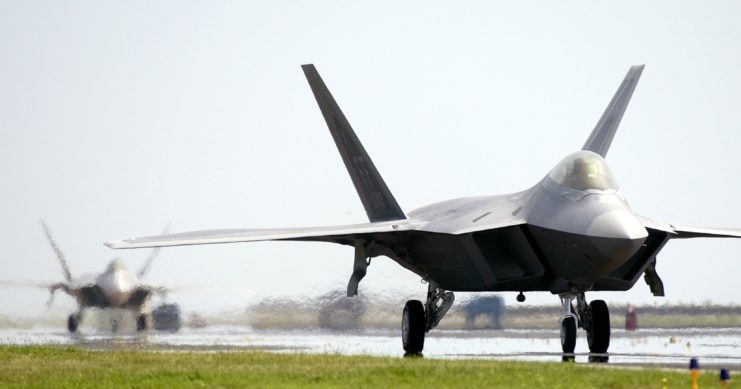
Following the 9/11 attacks, the US military made an effort to overhaul, innovate, and improve weapons and defense technologies. This phase of technological focus was centered on counter-terrorism and counter-insurgency weapons, and any newly-developed equipment that had the potential to be effective was given at least a preliminary design contract. This included military vehicles and aircraft.
In addition, other technologies were also being developed, and weapons like surface-to-air missiles (SAMs) owned by guerrilla groups were getting smaller. The introduction of a new stealth bomber would help identify and attack these tiny, dangerous technologies.
The US Air Force had been dreaming of a supersonic bomber with the same stealth abilities as the standard F-22 Raptor. The advantage of such an aircraft would be the increased range and payload, as well as fittings for a second crew member. The FB-22 Strike Raptor was the compact bomber the service wanted to cause devastation to enemy positions.
Similarities between the F-22 Raptor and the FB-22 Strike Raptor
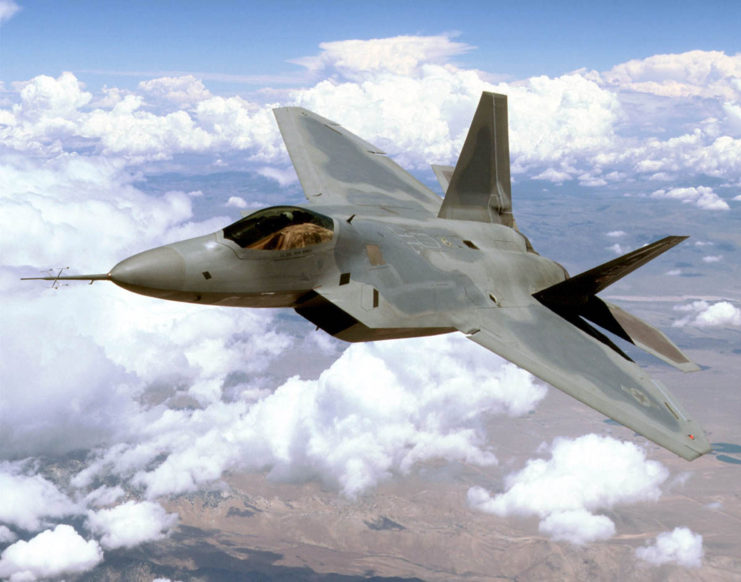
The airframe of the FB-22 Strike Raptor would follow the same basic structure as the F-22 Raptor. It would sport a lot of the same features, as well. Up to 80 percent of its avionics, sensors and sub-systems were borrowed from the F-22, with changes focused on the fuselage and wings.
The use of the F-22’s basic design proved to be slightly problematic, as it limited the possibility for effective ground strikes. The F-22 had both limited range and payload capacity, and that just wouldn’t work for the new stealth bomber. As well, the F-22’s Pratt Whitney F119-PW-100 engine would need to be replaced with the F135, used by the F-35 Lightning II.
The FB-22 Strike Raptor takes on a different shape
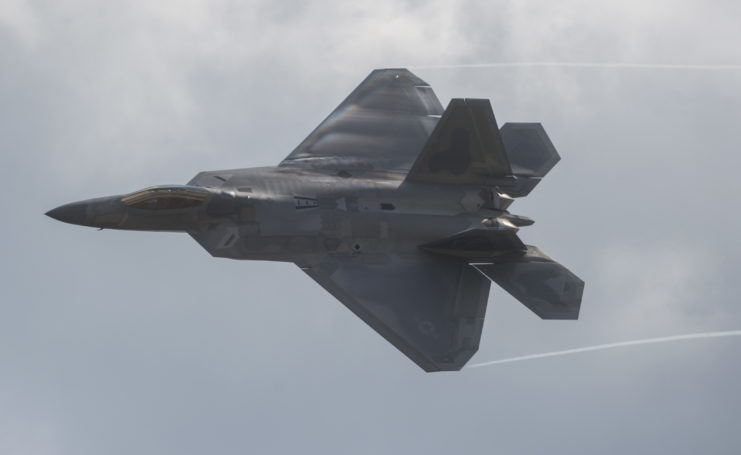
Lockheed Martin intended to lengthen and widen the fuselage, but found doing so came at a 25-30 percent increase in cost, weight and materials. As such, it was kept the same and the wings given an elongated delta shape that increased the aircraft’s maximum range to approximately 1,596 miles. The wings would have also had the capability to carry up to thirty-five 250-pound GBU-39 small diameter precision-guided bombs.
The FB-22 Strike Raptor would have been able to carry up to 5,000 pounds of bombs, thanks to the improved delta-wing design, and with weapons stored internally, its maximum payload would have been 15,000 pounds. While it would have significantly reduced the bomber’s stealth capability, the FB-22 Strike Raptor would have also been capable of carrying up to 30,000 pounds of weapons mounted on its wings.
The stealth bomber gets scrapped
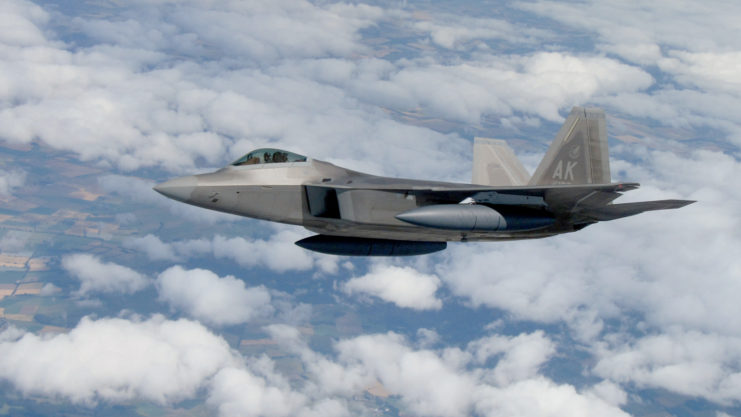
Before it could make it out of the concept phase, the FB-22 Strike Raptor was found to have more drawbacks than originally thought. The changes made to the airframe caused it to have significantly less maneuverability than the F-22 Raptor, which meant that, in the chance it got caught in a dogfight, the odds were likely never going to be in its favor. Against an opponent like the Mikoyan MiG-29 Fulcrum or the Sukhoi Su-27, it would be done for.
It also couldn’t make it past Mach 1.92 because the thrust vectoring technology of the F-22 was cut from the FB-22’s design. As well, the question of how much these stealth bombers would cost was a major area of concern, and production was capped off at a little over 120 units.
More from us: Douglas A-4 Skyhawk: The US Military’s Beast in the Sky
To avoid battle barriers and high costs, the program was scrapped in 2006. Not only that, the US ceased all production of the F-22 Raptor in 2011, ultimately closing any future hopes and dreams for the FB-22 Strike Raptor.
